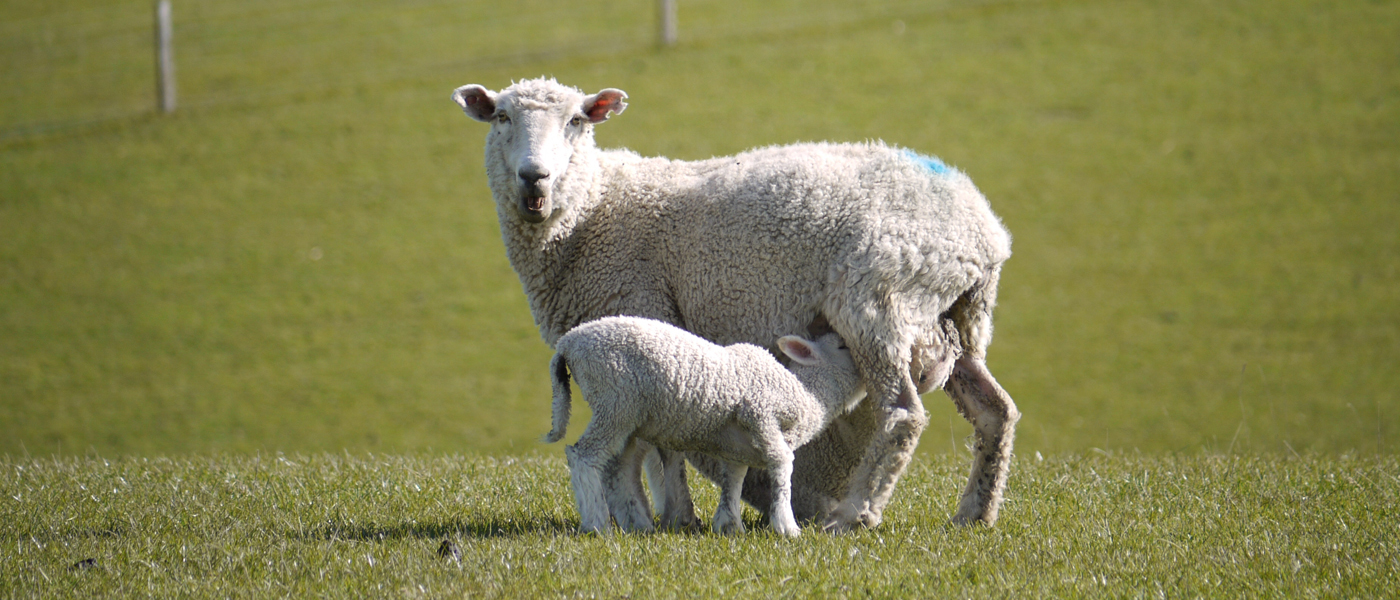
Clostridial vaccines are one of the most researched and well-understood vaccinations on the market. The cost-benefit ratio of a successful clostridial vaccination programme always works in the farmer’s favour. You only have to save one in six hundred lambs to pay for the cost, and the faster you grow your lambs the more you need adequate clostridial protection.
That being said, if you are going to go to the effort and expense of undergoing a clostridial vaccination programme, then you have to do so properly. What I mean by this is getting the timing and dose right, the administration right and, most definitely, giving both the sensitiser and booster vaccination.
When ewes are given a clostridial vaccination pre-lamb, the ewe will produce colostrum that has high levels of colostral antibodies to the clostridial bacteria. When the lamb drinks this colostrum, it receives what is known as passive immunity. This passive immunity is short-lived and, by as early as 6-8 weeks of age, the lamb is at risk of clostridial infection – the most risky being Clostridium perfringens, also known as pulpy kidney or Enterotoxaemia.
It has long been a common practice to wait until weaning to give the first sensitiser dose of clostridial vaccines. However, there is a good chance that, by weaning, there is almost no passive immunity remaining in the lamb from the colostrum it drank 3-4 months earlier. This is why we sometimes see the biggest and best-growing lambs often die from pulpy kidney – frustratingly, this may occur a week before you were due for your first pick “off mum”.
This is where the opportunity lies to get clostridial cover into your lamb flock earlier in order to avoid these unnecessary deaths. Many farmers now administer the sensitiser dose at tailing/docking, and either follow up with a booster dose approximately 4 weeks later (when giving a pre-weaning drench) or give the sensitiser at the pre-weaning drench and the booster at weaning. With the advent of clostridial vaccines with B12 and selenium added, these vaccines are a very good way to maximise lamb performance/profit.
Following are some tips to help make sure that the vaccine you are investing in has the best chance of working properly: